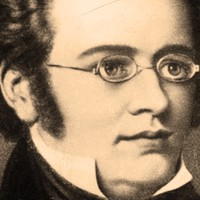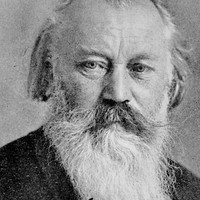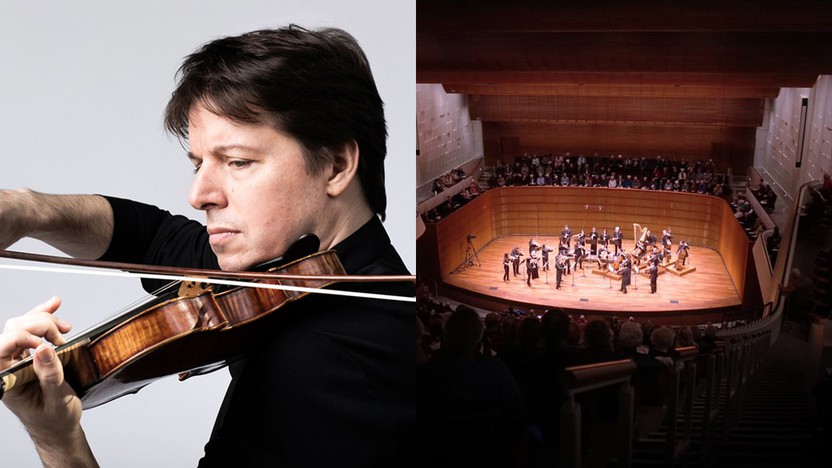Details

Franz Schubert
Piano Trio No. 2

Johannes Brahms
Piano Quintet
Between 1860 and 1865, Brahms issued seven pieces of chamber music that marked his true arrival as a composer for the ages. The Piano Quintet had its first life in 1862 as a string quintet with two cellos, but the violinist Joseph Joachim protested that strings could not do the music justice. Brahms next forged the quintet into a sonata for two pianos, which he performed in 1864; this time his other closest musical confidante, Clara Schumann, argued that the material was ill suited for a sonata. Brahms found the ideal solution in a quintet for piano and strings, a format associated with his late mentor, Robert Schumann. Brahms allowed the two-piano version, now known as Opus 34b, to stand alongside the piano quintet he completed in 1864, but the earlier string quintet version joined his long list of destroyed works.
The Piano Quintet has all the hallmarks of Brahms’s mature style: ceaseless thematic development, propulsive cross-rhythms, phrases that arc over bar-lines, and fervent themes with a tinge of Gypsy blood to them. The epic first movement unfurls its primary melody in naked octaves, holding back its full power until the second appearance. The contrasting theme provides no respite from the stormy material: it migrates to C-sharp minor, separated from the home key by the devilish interval of a tritone.
In the Andante un poco adagio second movement, there are no show-stopping melodies, and only a handful of deviations from the relaxed three-beat pulse; the driving force here is the rhythmic texture, with its insistent emphasis on off-beats. Contrasting this reserved introspection, the scherzo introduces rousing motives and a touch of martial pomp. The movement ends on a chord that begs for resolution to the home key of F, an arrival that comes with the cellist’s delicate entrance to begin the finale. A tragic introduction postpones the arrival of the Allegro non troppo body of the movement, setting up the cellist’s arrival on a new melody of folk-like simplicity. After episodes that touch on the haunting texture of the introduction, the pace accelerates for a Presto, non troppo coda. The final phrases devolve into a battle of displaced accents, and the quintet ends with the musicians still embroiled in rhythmic conflict.
Aaron Grad ©2013
About This Program
Shai Wosner, piano
Joshua Bell, violin
Kyu-Young Kim, violin
Hyobi Sim, viola
Zlatomir Fung, cello
Tonight’s spotlight is on chamber music, with a program that marries powerful sound with small-scale intimacy. Schubert’s Trio is monumental in length, breadth, and wealth of thematic ideas, and the darkly gorgeous Piano Quintet by Brahms is widely considered his crowning achievement in chamber music.
Contribute
SPCO concerts are made possible by audience contributions.
Newsletter
For exclusive discounts, behind-the-scenes info, and more:
Sign up for our email club!

